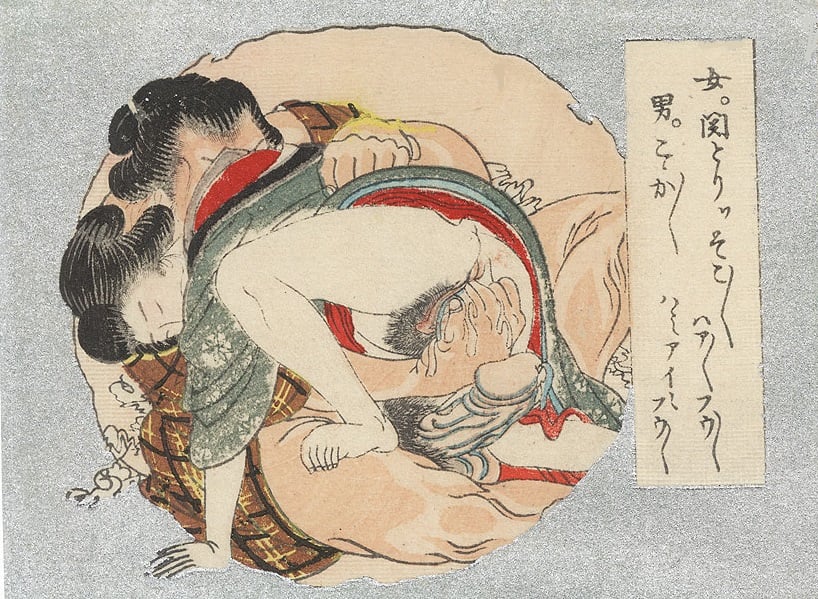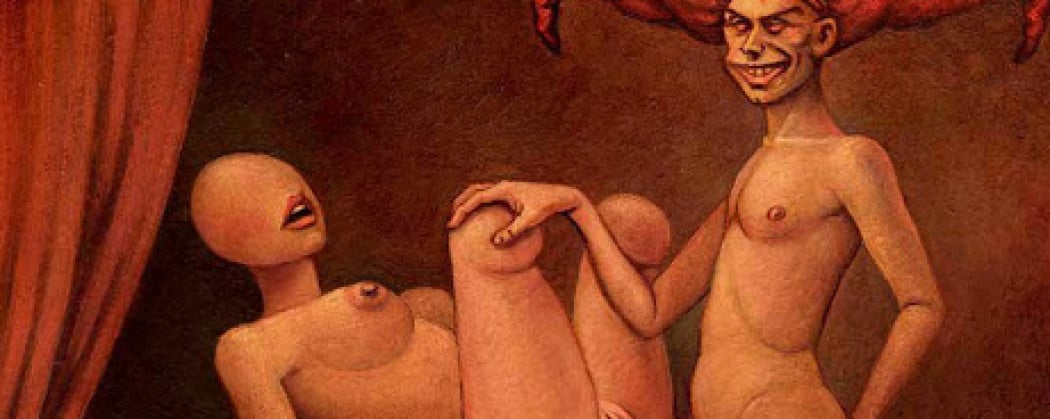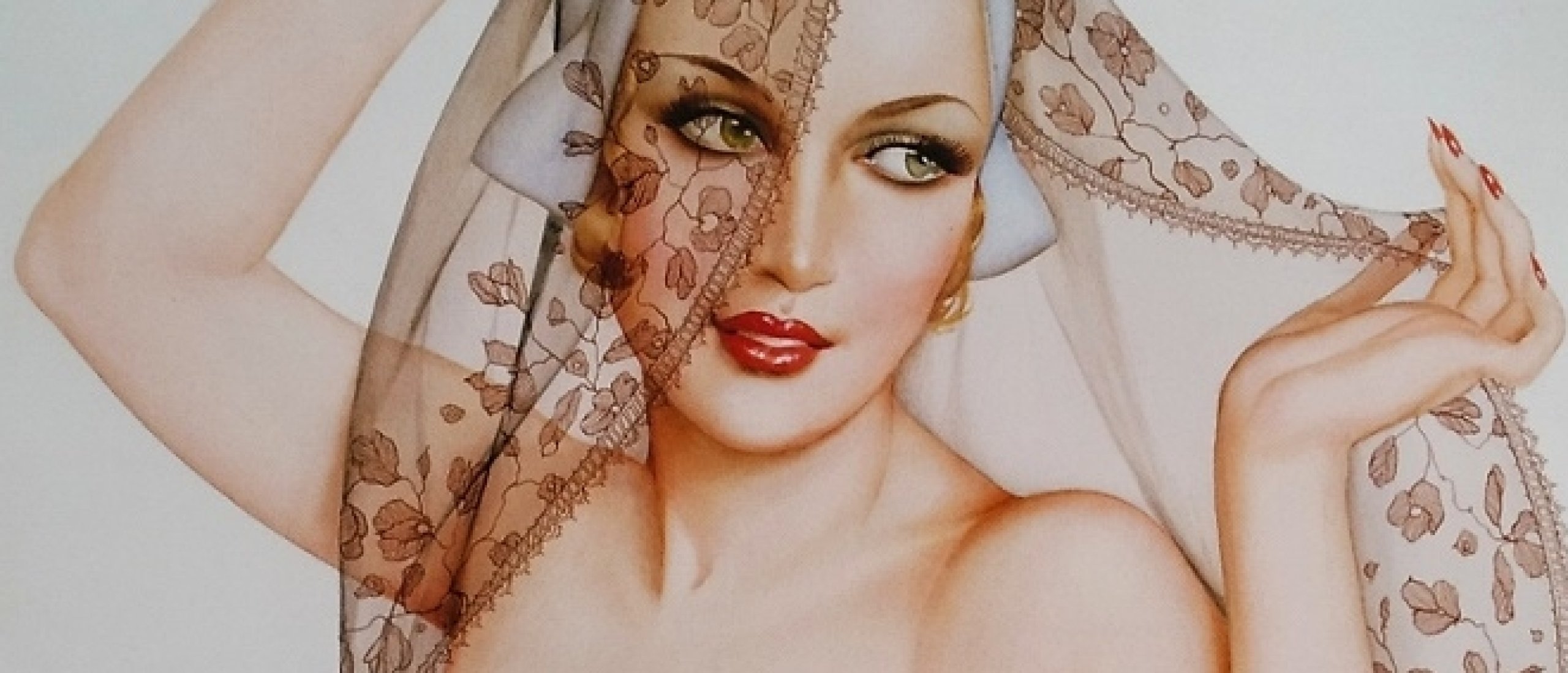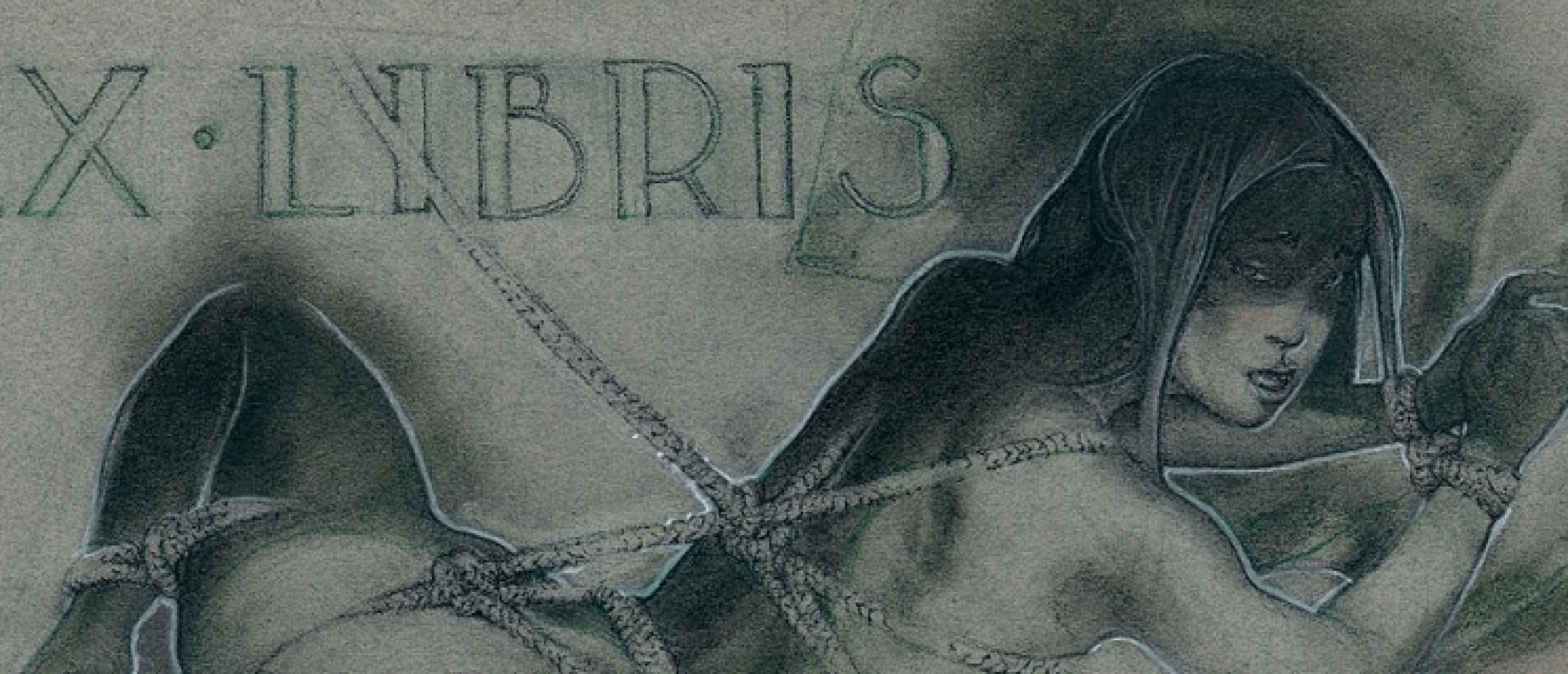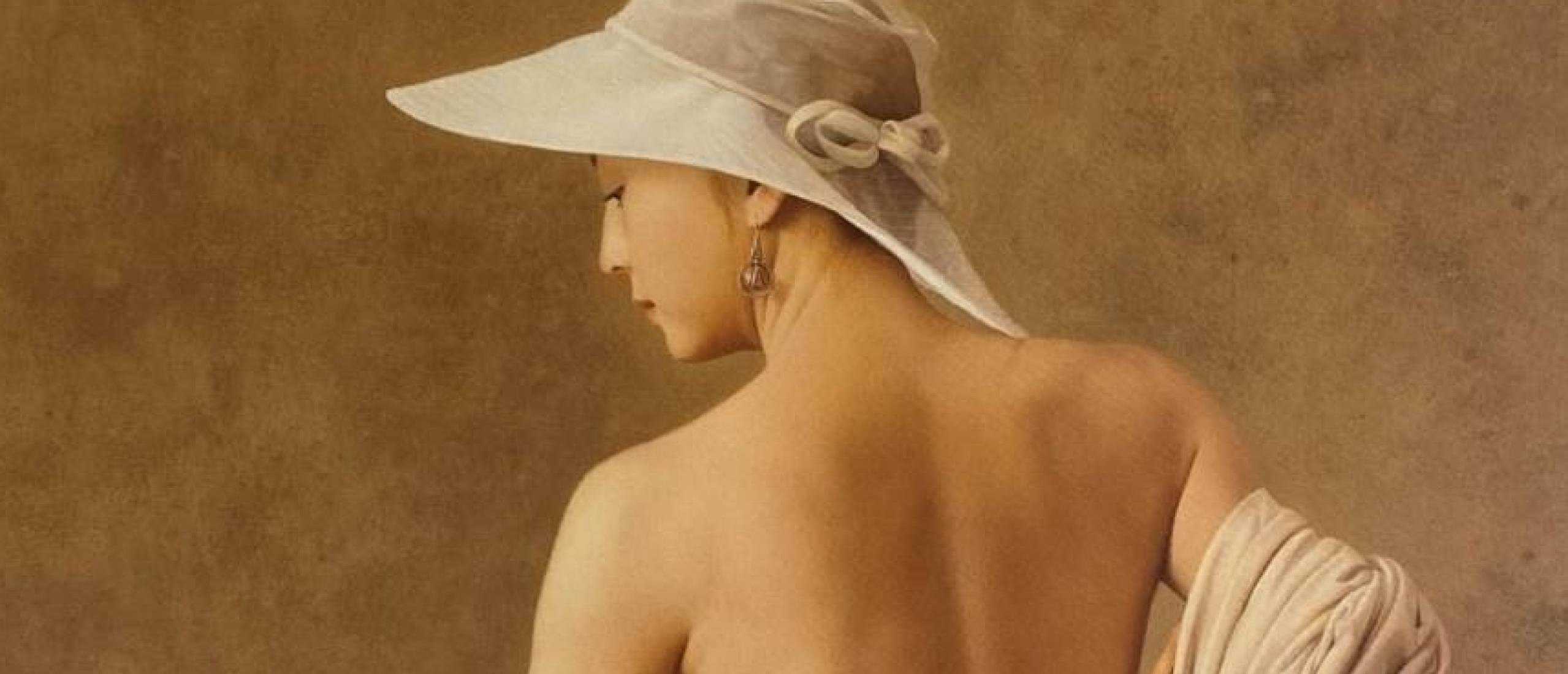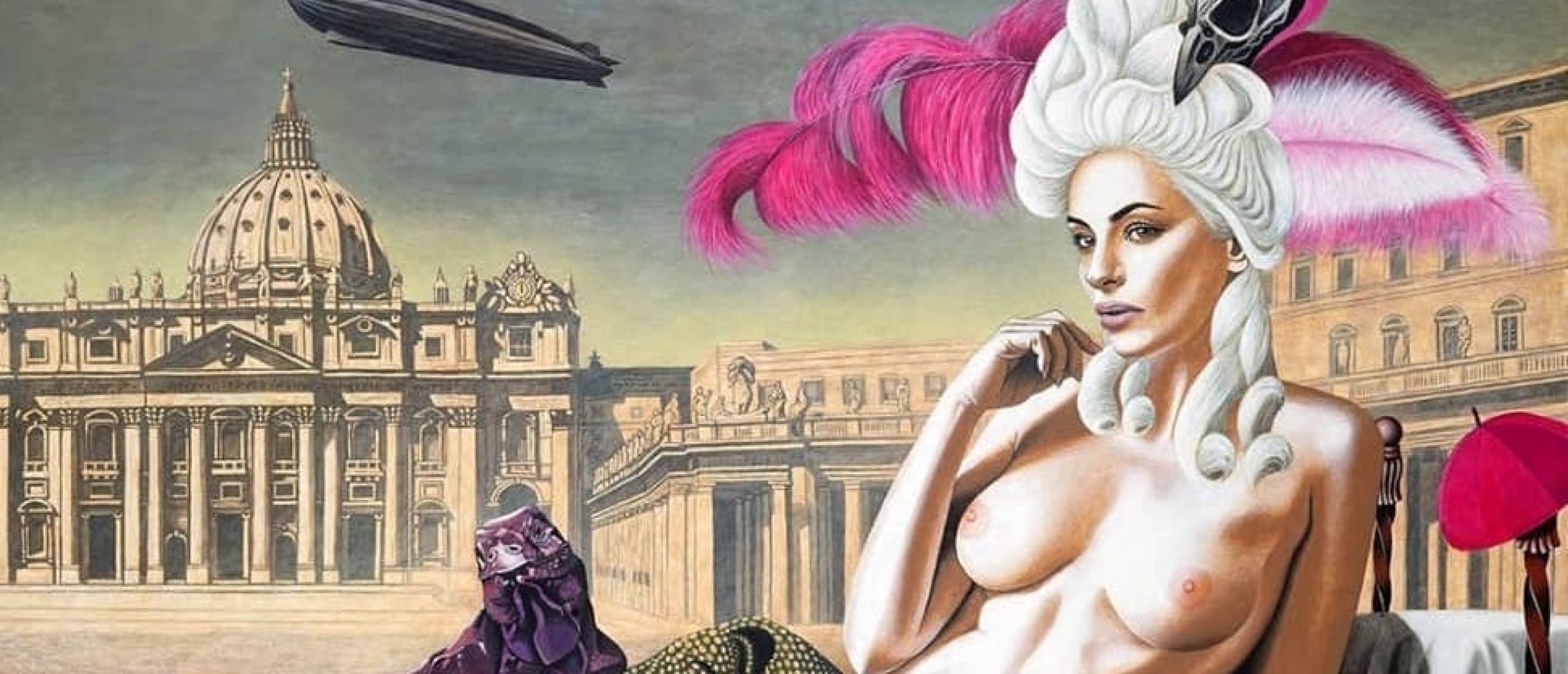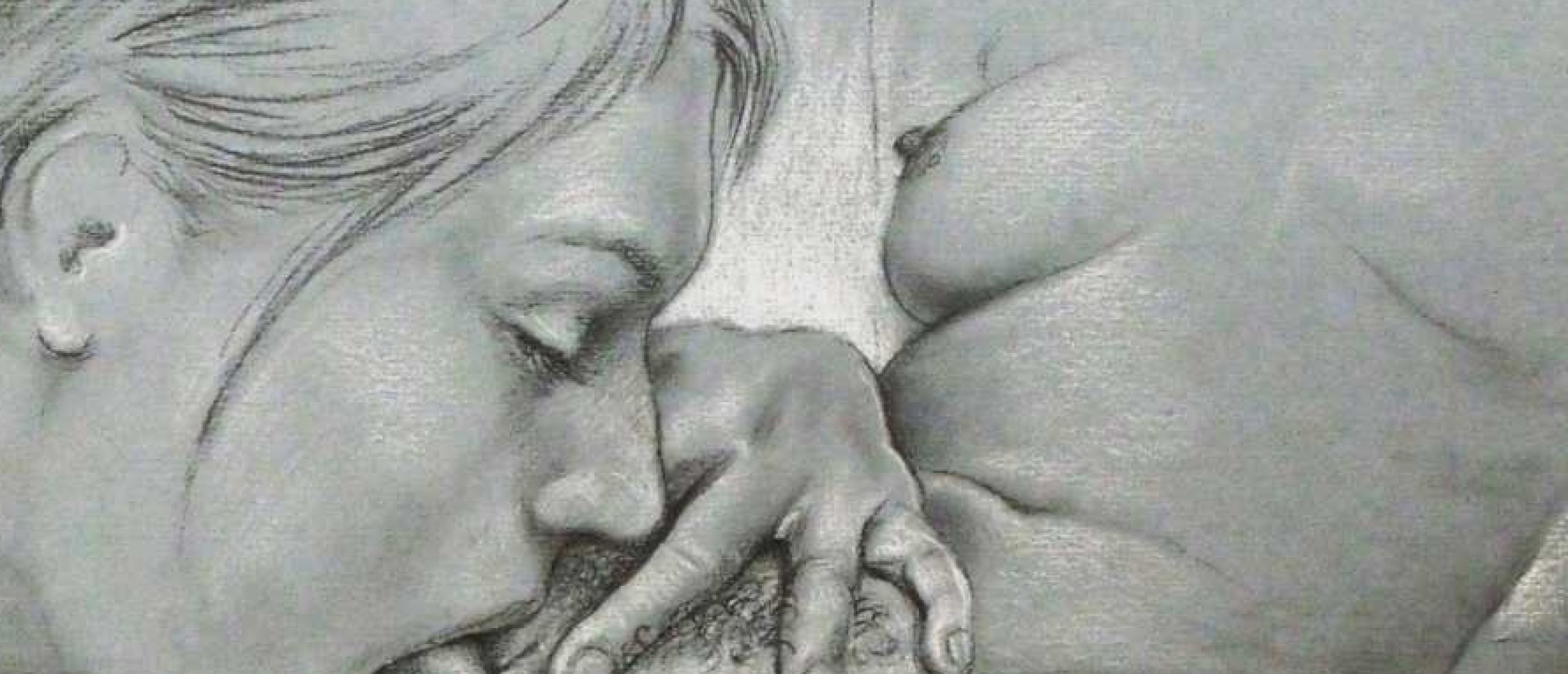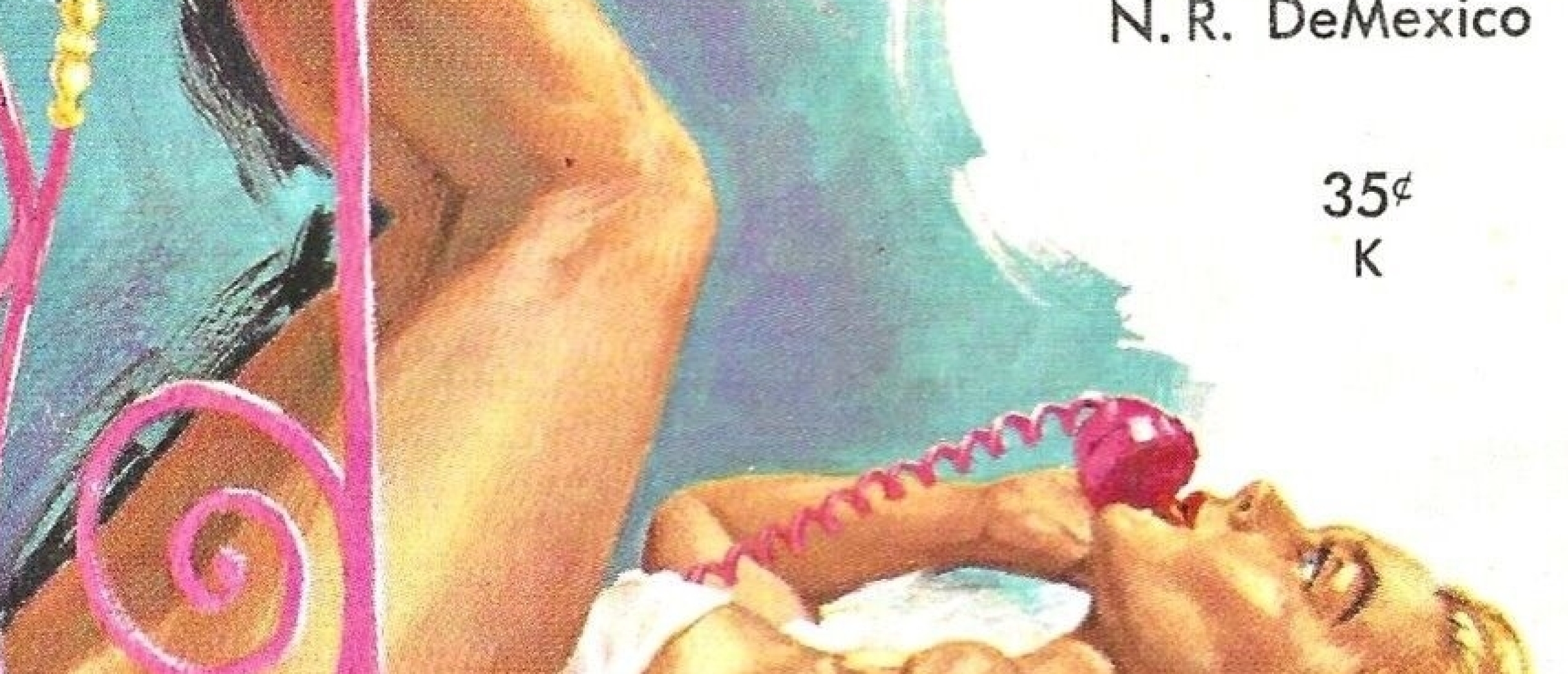
Sensual Covers
There is a saying that goes: "Don't judge a book by its cover." But there are cases where that saying is hard to apply, especially when we look at paperback books from the 1950s and 1960s, whose covers displayed seductive women in sensual poses. Drawn in by the cover, the reader would dive into a world of espionage, sex, and adventure. The cover image asserted itself, therefore, through its materiality as a showcase for what would be found within the book's pages. To bring this imagery to life, the artist not only needed to represent the human body realistically but also to interpret the book through an engaging image capable of leading potential buyers to envision, before reading, not only the plot of the paperback books but also to live the fantasy that the covers offered. One of the artists who stood out the most in creating covers for paperback books was the American artist Isaac Paul Rader.
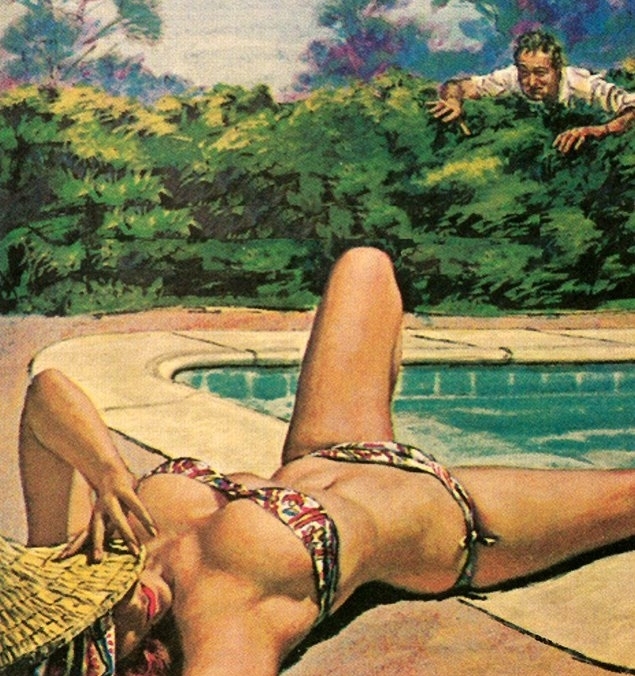
Fig.1. Thorn of Evil (1962)
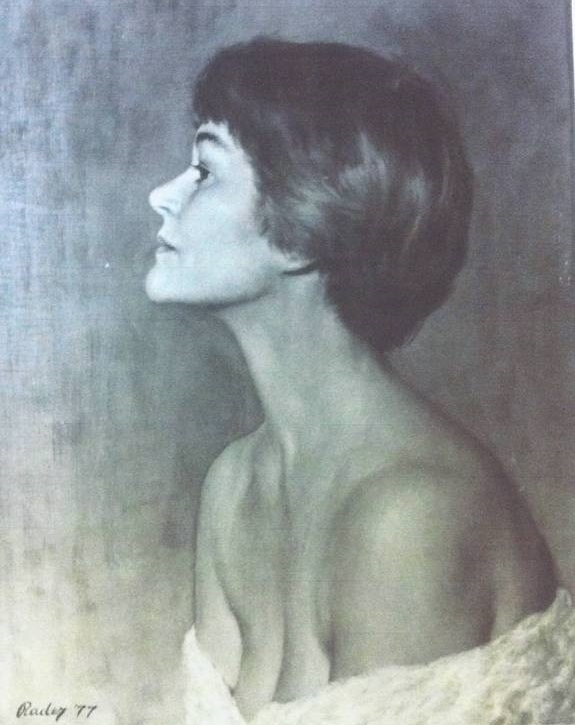
Fig,2, Edith Rader (at age 53) by Paul Rader
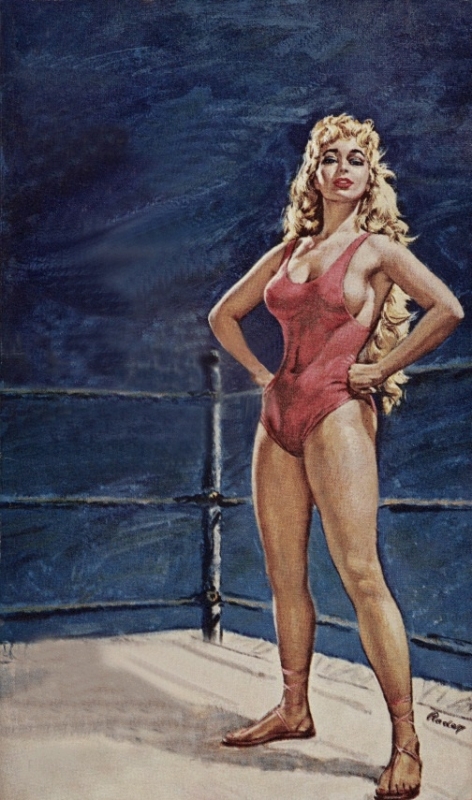
Fig.3. Painting for Lady Wrestler by Paul Rader
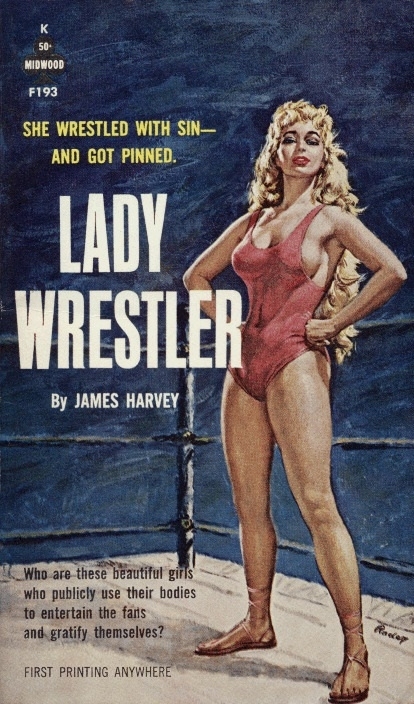
Fig.4. Cover of Lady Wrestler (1962)
Artist's Life
Isaac Paul Rader was born in 1906 in Brooklyn, New York. His mother nicknamed him "Izzy," while his friends called him Isaac, Iz, or Paul. Since Paul Rader's father was a carpenter, his family constantly moved from city to city. In Toledo, Ohio, one of the cities where the family lived, Paul Rader had access to the city's art museum and had paintings chosen to be exhibited at the Art Society Museum in 1920, 1921, 1922, 1923, 1924, and 1930. Afterward, the family would move again, this time to Detroit, as Paul's father had secured a job at Ford. In this city, he became a portrait painter of influential people in the city, such as judges and lawyers. The artist studied in Europe for a year.
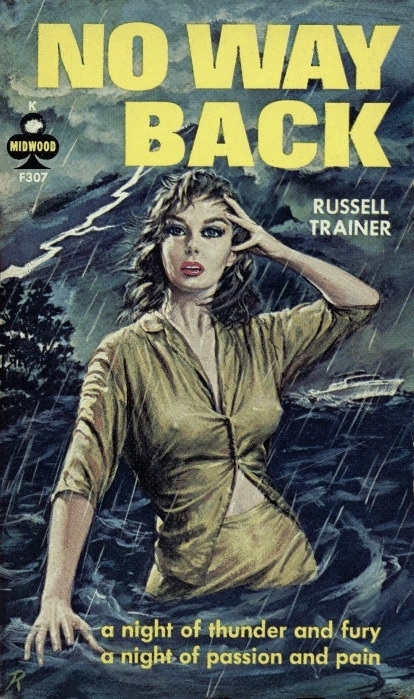
Fig.5. No Way Back (1963)
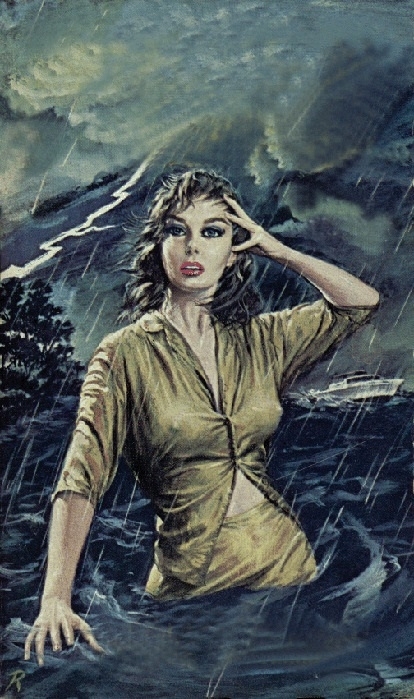
Fig.6.
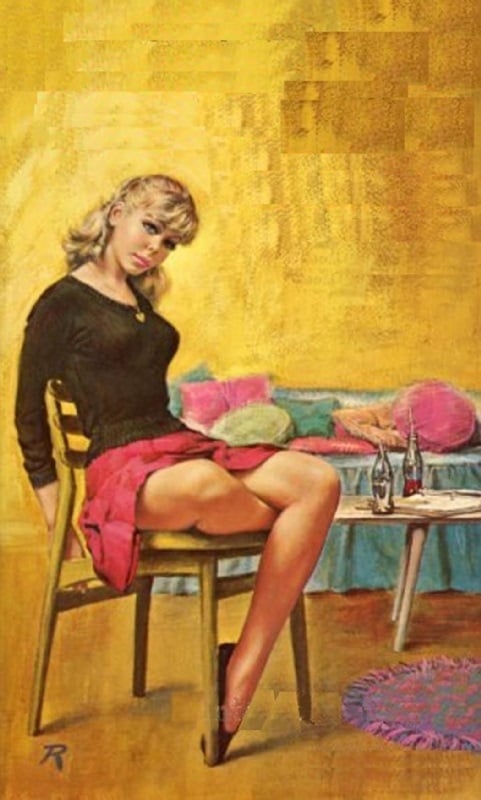
Fig.7.
Early Covers
In 1931, Paul Rader married. Since his wife was from a Philadelphia family, they moved there, where Paul set up his studio. They divorced in 1940. After the divorce, Paul moved to New York, where he met and married Edith in Manhattan in 1942. Until the end of the war in 1945, he worked as a welder at Citizen's Prep. After the war, Paul Rader returned to work as an artist, standing out as an illustrator for commercials and magazines such as Sharp & Doane Drugs, General Electric, Lovable Bras, AMERICAN WEEKLY, REDBOOK, and FAMILY CIRCLE.
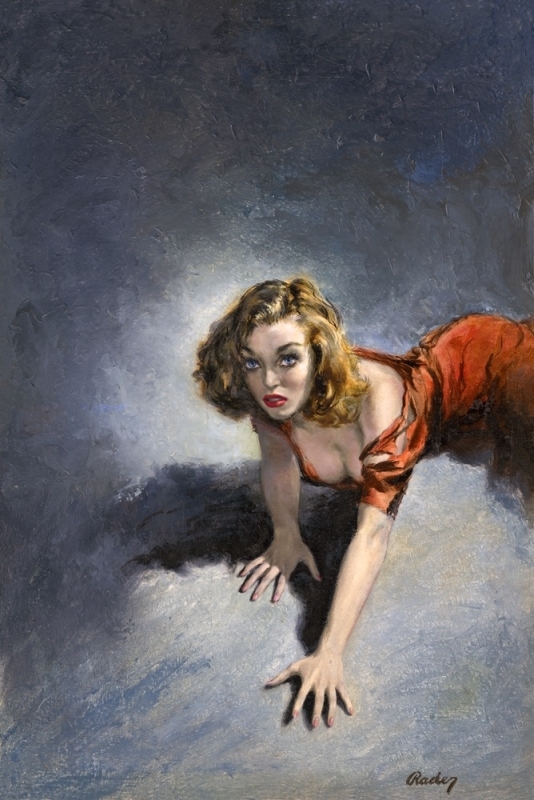
Fig.8.
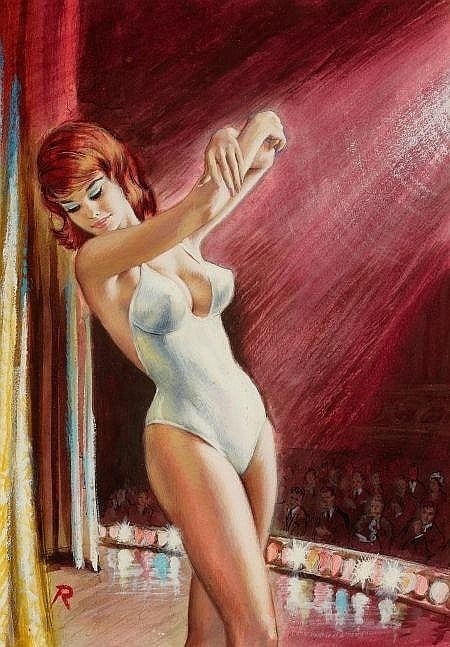
Fig.9. Miss Dream Girl (1965)

Fig.10. Ask Me No Questions (1965) by Paul Rader
Midwood Covers
Paul Rader was represented by Lawrence Studios, but later decided to switch to Balcourt Art Service in 1957. With this change, he began to create illustrations for men's magazines like SWANK and BACHELOR, as well as covers for Gold Medal, Ace, Pyramid, Berkley. The artist then crafted a variety of covers focusing on themes such as "Westerns," "science fiction," or "sexy," which enabled the books and magazines to reach as many readers as possible. It was through this diversity of themes that Paul Rader achieved success at Midwood publisher. He produced hundreds of paintings that were used on the covers of books from this publisher, which are now eagerly sought after by collectors.
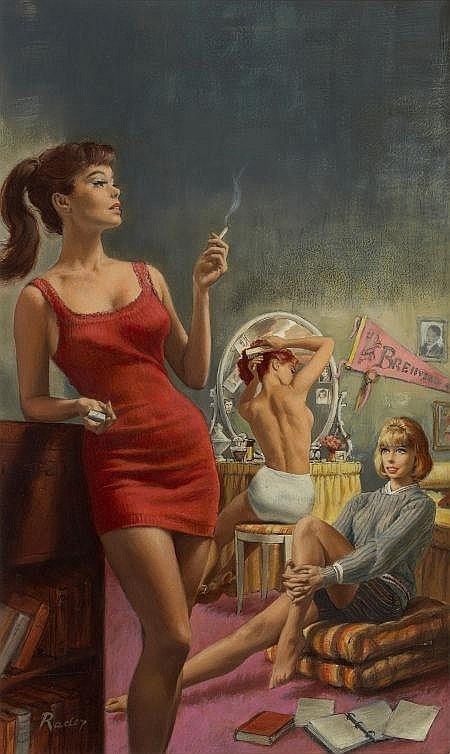
Fig.11. Girls Dormitory (1963)
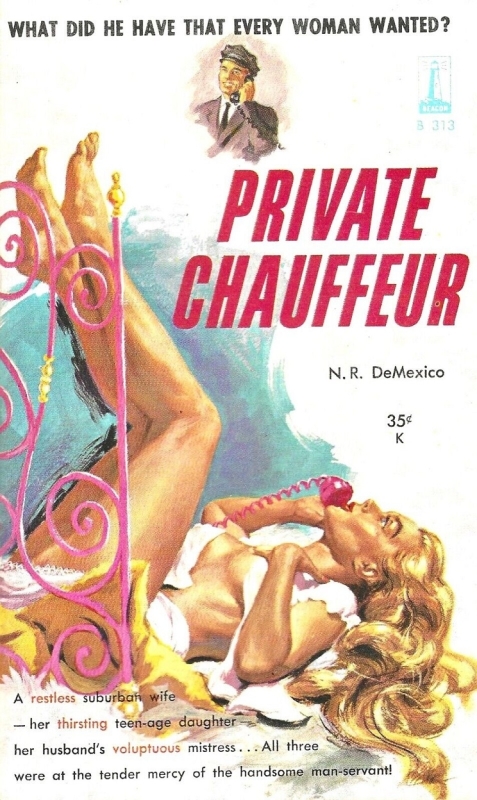
Fig.12. Private Chauffeur (1962)
In the extended Premium edition you'll discover more on Rader's influences, his favorite model, his notebooks, and 57 additional pics of his alluring cover art.
Click HERE for So Bad It's Good: Top 26 Covers of Erotic Fiction By Stanley Borack

